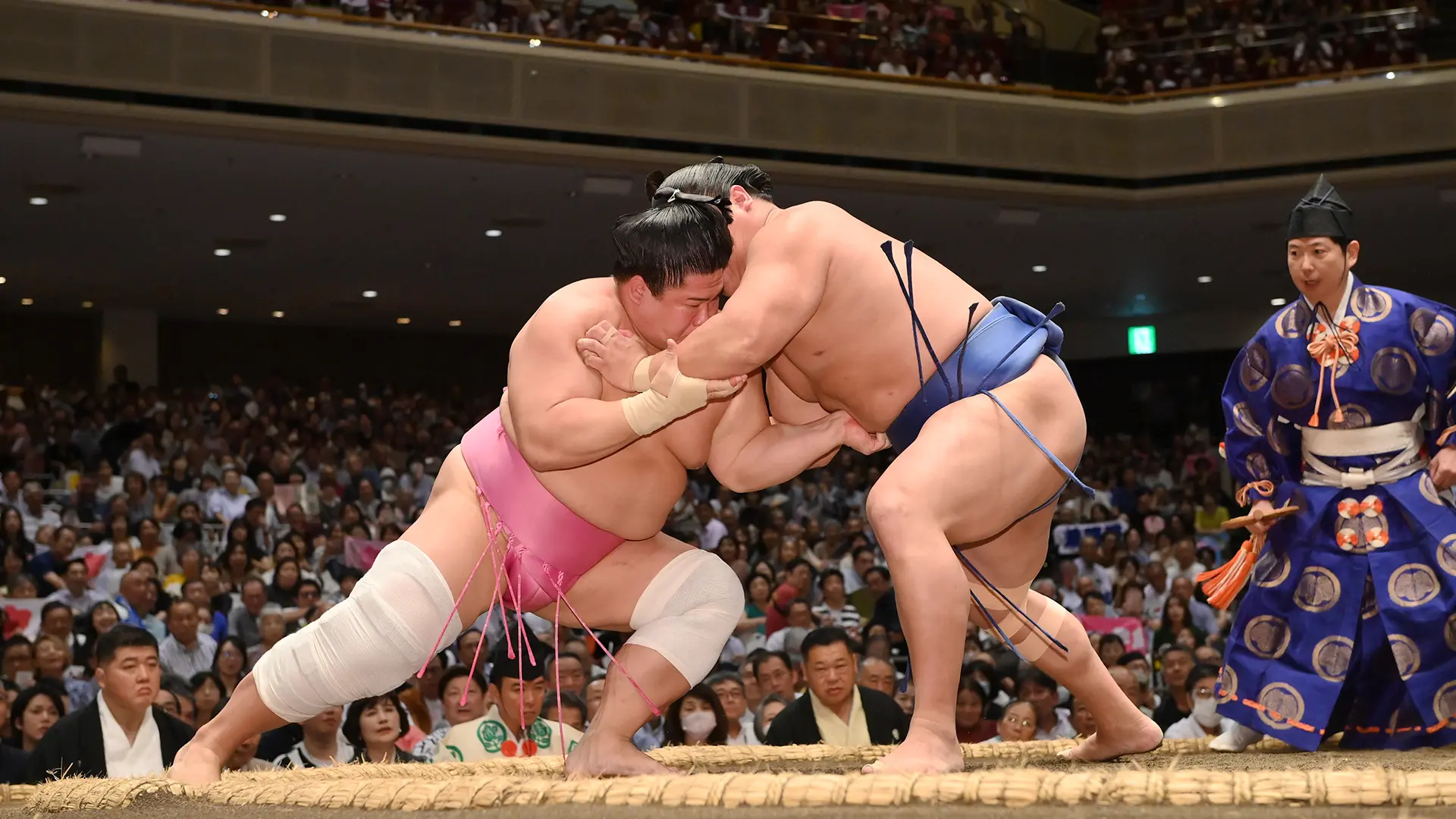Sumo wrestling, one of Japan’s oldest and most revered traditions, remains a powerful symbol of cultural heritage in the 21st century. With origins tracing back over 1,500 years, sumo is more than just a sport—it’s a spiritual performance deeply rooted in Shinto rituals. Wrestlers, known as rikishi, engage in a battle of strength, strategy, and discipline within the sacred ring, or dohyō, where every stomp, gesture, and movement carries ceremonial significance. Despite its ancient roots, sumo continues to captivate modern audiences across Japan and beyond.
The Japan Sumo Association has worked diligently to preserve the sport’s authenticity while modernizing certain aspects to maintain global relevance. Six grand tournaments (honbasho) are held annually, drawing thousands of spectators and significant media coverage. Top-tier sumo wrestlers can achieve near-celebrity status, especially yokozuna—the highest rank in the sport—whose careers are followed with the same intensity as major athletes in Western leagues. Their strict lifestyle, intense training, and historical lineage resonate with fans who value tradition and honor.
Sumo is also gradually adapting to the evolving expectations of international fans. While the sport remains male-only at the professional level, there’s increasing support for women’s amateur sumo and international competition. Additionally, more foreign-born wrestlers have risen to prominence, helping broaden sumo’s global appeal. As the world becomes more interconnected, sumo wrestling stands as a powerful example of how tradition and modernity can coexist—offering both deep cultural value and thrilling, timeless competition.






